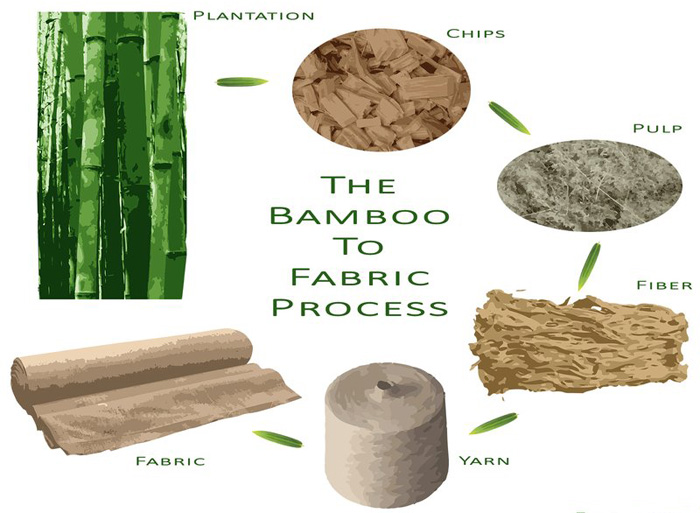Bamboo - A Valuable Resource for Asians
The bamboo plants have become an important part of the Asian
culture and tradition over the centuries are still a resource rich enough to be
weaved for their commercial value. With depleting natural timber trees, bamboo
seems to be a viable alternative. Its life habits are enthrallingly eccentric.
It reputedly grows faster than almost any other plant, it is actually possible
to see it grow...for the bamboo has been known to grow more than four feet in a
day. The beauty of the bamboo is that fact that it grows easily in any type of
soil, as long as it is not in swampy or saline areas.
A tall-tree-like perennial grass of the family Gramineae and
the sub-family Bambusoidae, bamboo is found from tropical and subtropical areas
to mild temperate regions, with the heaviest concentration and the largest
number of species in South East Asia and on the islands of the Indian and
Pacific Oceans. It is also found in Taiwan, China and Japan. Although it
thrives in the tropical climate, it cheerfully survives frost, ice and even
snow.
Bamboo's practical uses are unequal. The first paper made by
the Chinese was from bamboo, and during the Maharaja days in India, it was used
to make newspapers and writing papers.

Today, bamboo is used to make joss paper and high-quality
Chinese painting paper. Highly prized Chinese calligraphy brushes still use a
bamboo handle! In the Philippines, especially the poorer regions of southern
Mindanao, the giant grass is highly prized by the poor who use them to build
their homes. Houses with bamboo flooring and walls are common in villages and
major towns like Zamboanga, Jolo, Bongao, Isabella and Puerto Princessa./benefits-and-drawbacks-of-bamboo-floors-1314694_hero_0070-8eaac0f3cc5543c7a73bd85f4106d841.jpg)
By itself, a single bamboo reed is weak and brittle. But the
bamboo plant offers strength in numbers and even an elephant's force is useless
against it, say Asli elders. For the Orang Asli in general, the bamboo, with
its numerous uses, is perhaps one of the most revered of all plants in the
Malaysian jungle, and over the years it has become a part of their culture.
Some tribes carve blowpipes using the toxic type of bamboo, while others use various types of bamboo as building materials. The bamboo is also important in the construction of rafts, houses, water pipes, music instruments, kites and traps for animals and fishes. The valuable bamboo shoot is a delicacy among many Asli tribes.

Among the modern community, this humble plant is still very
much in demand all over Asia. In the steaming jungles of Borneo, the Dayaks
still use it to carry water. In Beijing and Bangkok, its shoots are a valuable
addition to many dishes. In Japan, nimble-fingered craftsmen fashion it into
fans, flutes and other lovely handicrafts. It is even imported to the United
States, where interior decorators use it to trim elegant flats, giving it a
"tropical touch".
CLICK HERE to see our handicraft products made of bamboo!

Comments
Post a Comment